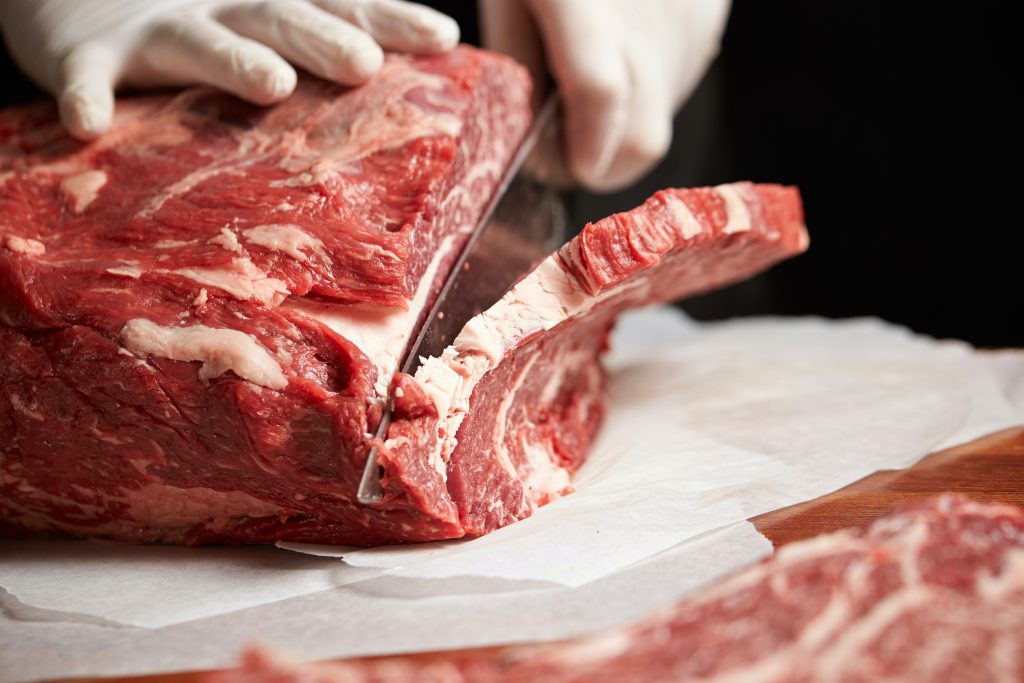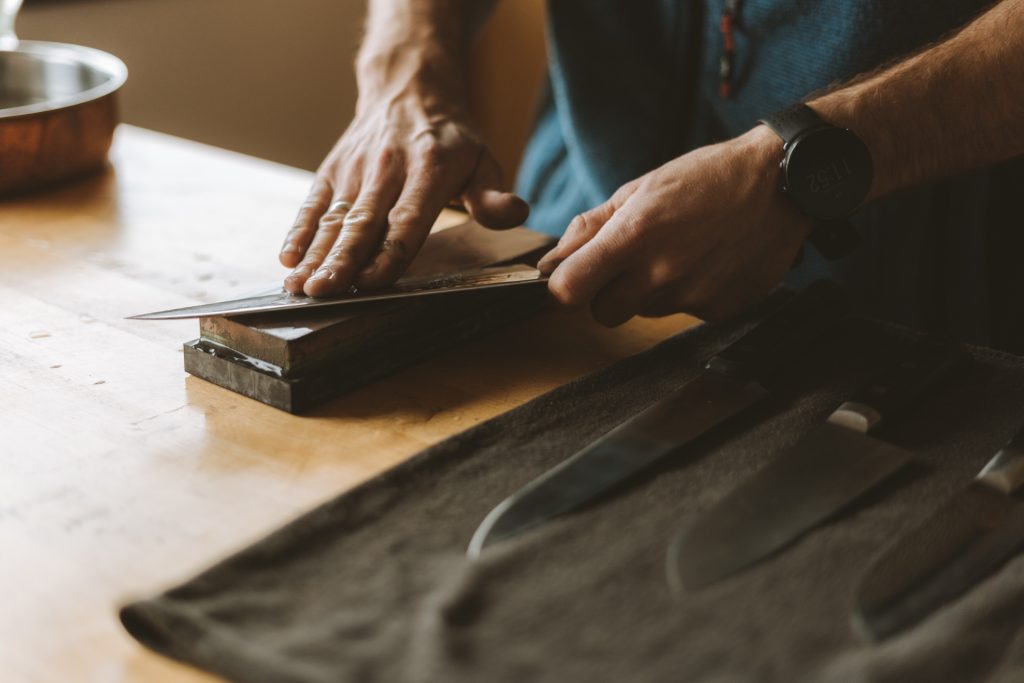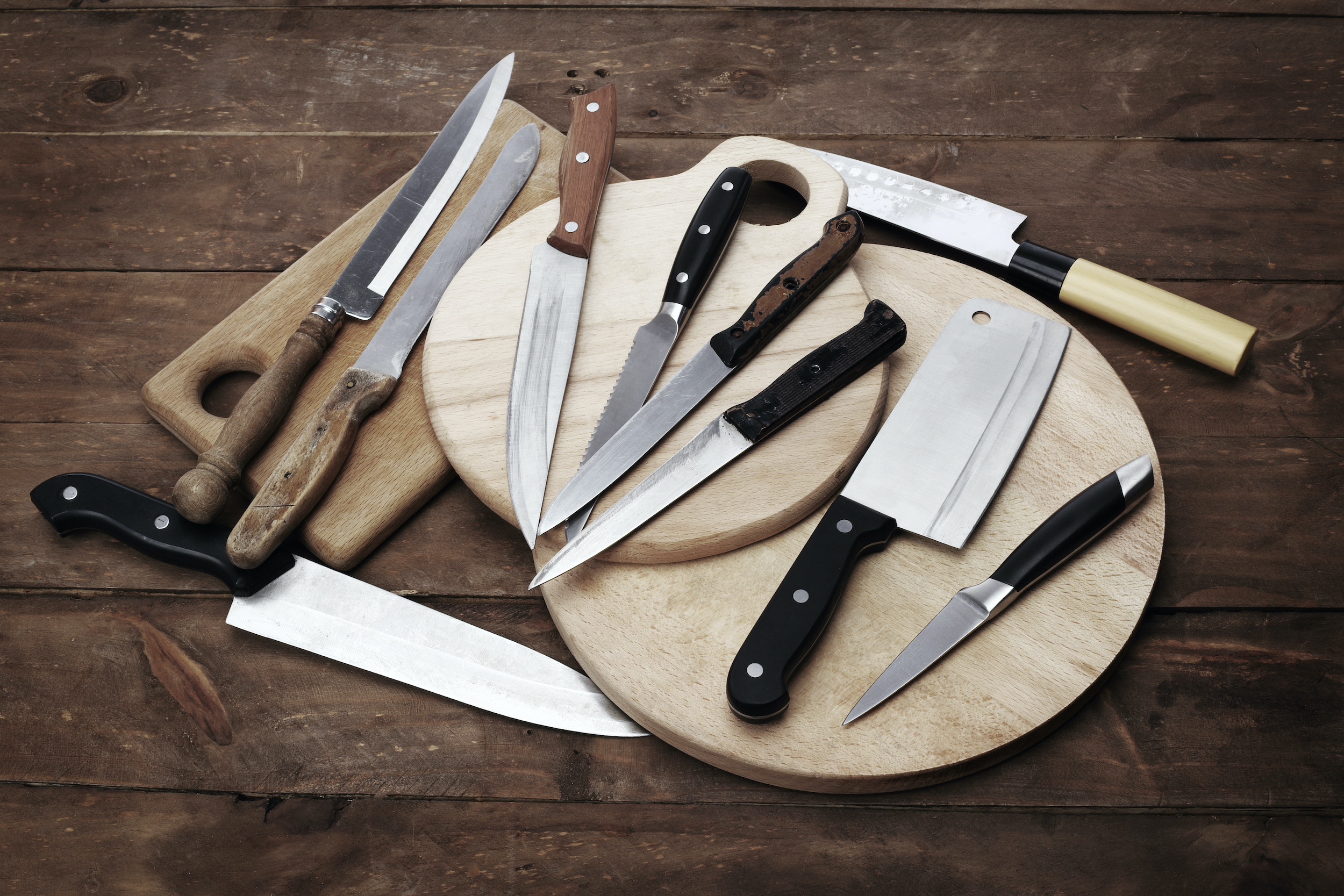Japanese knives are more than just kitchen tools—they’re expressions of culture, craftsmanship, and culinary precision. For chefs, culinary experts and foodies around the world who are passionate about Japanese cuisine and fermented foods, understanding Japanese knife types is an essential part of mastering the art of Japanese cuisine.
In this guide, we’ll explore Japanese knife types, their uses, how to choose the right one, and how they connect to the heart of Japanese food culture.
What Are Japanese Knife Types?
Japanese knife types refer to a wide variety of blade designs crafted specifically for different culinary tasks. Unlike many Western knives, Japanese knives are often single-beveled, allowing for more precise cuts and a cleaner finish. These knives are traditionally hand-forged by skilled artisans.
The difference lies not only in the blade’s construction but also in its purpose. Each Japanese knife type is made for a specific role in the kitchen, whether it’s slicing sashimi, chopping vegetables, or breaking down fish. This specialization is what makes Japanese knife types so unique and revered around the world.
Popular Japanese Knife Types, Their Uses, and Names
Japanese knives come in many shapes and sizes, each tailored for a specific task. Let’s look at the most used types and their ideal applications.
Yanagiba – The Sushi & Sashimi Specialist
Yanagiba is the go-to knife for slicing raw fish in sushi and sashimi preparation. Its long, slender blade allows for smooth, clean cuts that preserve the fish’s texture. “Yanagiba” means willow blade.
Deba – Perfect for Fish Butchery
Deba is a thick, heavy knife used for filleting fish. It can also be used to break down chicken or cut through small bones. “Deba” means pointed carving knife.
Nakiri – Ideal for Chopping Vegetables
Nakiri knives have a straight blade, ideal for slicing vegetables with a straight up-and-down motion.
Gyuto – The Japanese Chef’s Knife
Gyuto is the Japanese equivalent of a Western chef’s knife. It’s versatile and excellent for slicing meat, chopping vegetables, and more.
Santoku – The All-Purpose Knife
Santoku, meaning “three virtues,” refers to its ability to handle meat, fish, and vegetables.
Petty – The Small Precision Knife
Petty knives are small utility knives perfect for peeling, trimming, and detailed work. Think of it as a Japanese paring knife with precision and elegance.
Choosing the Right Japanese Knife for Your Cooking Style

With so many Japanese knife types available, choosing the right one can be overwhelming. Here’s how to match the knife to your needs.
For Sushi and Raw Fish
Opt for a yanagiba or sujihiki. Their long blades are designed for delicate slicing without damaging the texture.
For Meat Preparation
Deba for fish and poultry, gyuto for beef or pork. These offer strength and flexibility depending on the protein.
For Vegetables
Nakiri and usuba knives provide clean, even cuts.
For General Use
Santoku and Gyuto knives are versatile choices for those who need versatility without sacrificing performance.
Steel Types in Japanese Knives
The steel used in Japanese knives affects sharpness, durability, and maintenance.
Carbon Steel vs. Stainless Steel: Carbon steel holds a sharper edge but is prone to rust. Stainless steel is easier to maintain but may need more frequent sharpening.
Damascus Steel – Beauty Meets Function: Damascus knives are characterized by their beautiful layered patterns and are extremely sharp and durable.
Japanese Knife Maintenance: Using a Whetstone

Maintaining a Japanese knife is just as important as selecting the right one. A Japanese knife whetstone provides a gentle yet effective surface that helps reshape and refine the edge without removing unnecessary material. Unlike electric sharpeners or pull-through tools, a whetstone allows for precise sharpening that preserves the blade’s original geometry and integrity.
The process involves soaking the stone, maintaining the correct angle , and applying consistent pressure throughout the stroke. Finishing with a finer grit or a strop polishes the edge, leaving it razor-sharp and ready for detailed work.
Learning how to sharpen with a whetstone is a skill that improves over time. It deepens your relationship with the tool and reinforces a mindful approach to cooking.
Japanese Knife Making: Craftsmanship Rooted in Tradition
Japanese knife making is a revered tradition that reflects centuries of Japanese craftsmanship. In regions such as Sakai, Seki, and Echizen, master artisans continue to forge blades using time-honored techniques passed down through generations.
A knife labeled “made in Japan” often carries with it a deep lineage, as well as a commitment to exceptional quality. The forging process involves meticulous attention to detail, from the selection of steel to the final sharpening of the edge.
Conclusion: Why Japanese Knife Types Are Worth Exploring

Japanese knives offer unmatched performance, elegance, and cultural depth. From sushi to fermented vegetables, the right knife elevates your cooking experience. Whether you’re a veteran, an aspiring food professional, or a gourmet, mastering the types of Japanese knives will be a big step forward.
Want to deepen your knowledge of Japanese food, fermentation, and culinary traditions?
Join our free newsletter and get insights on Japanese knives, fermented ingredients, and cooking philosophy directly to your inbox.
” 耀 Hikari ” – gastronomy
Planning to visit Japan? Consider joining our Fermentation Cooking Study Program or attend a one-day hands-on workshop to learn directly from local artisans.
Click below to subscribe and explore learning opportunities in Japan.
Your next culinary breakthrough might just begin with a single slice—made with the perfect Japanese knife.

No responses yet